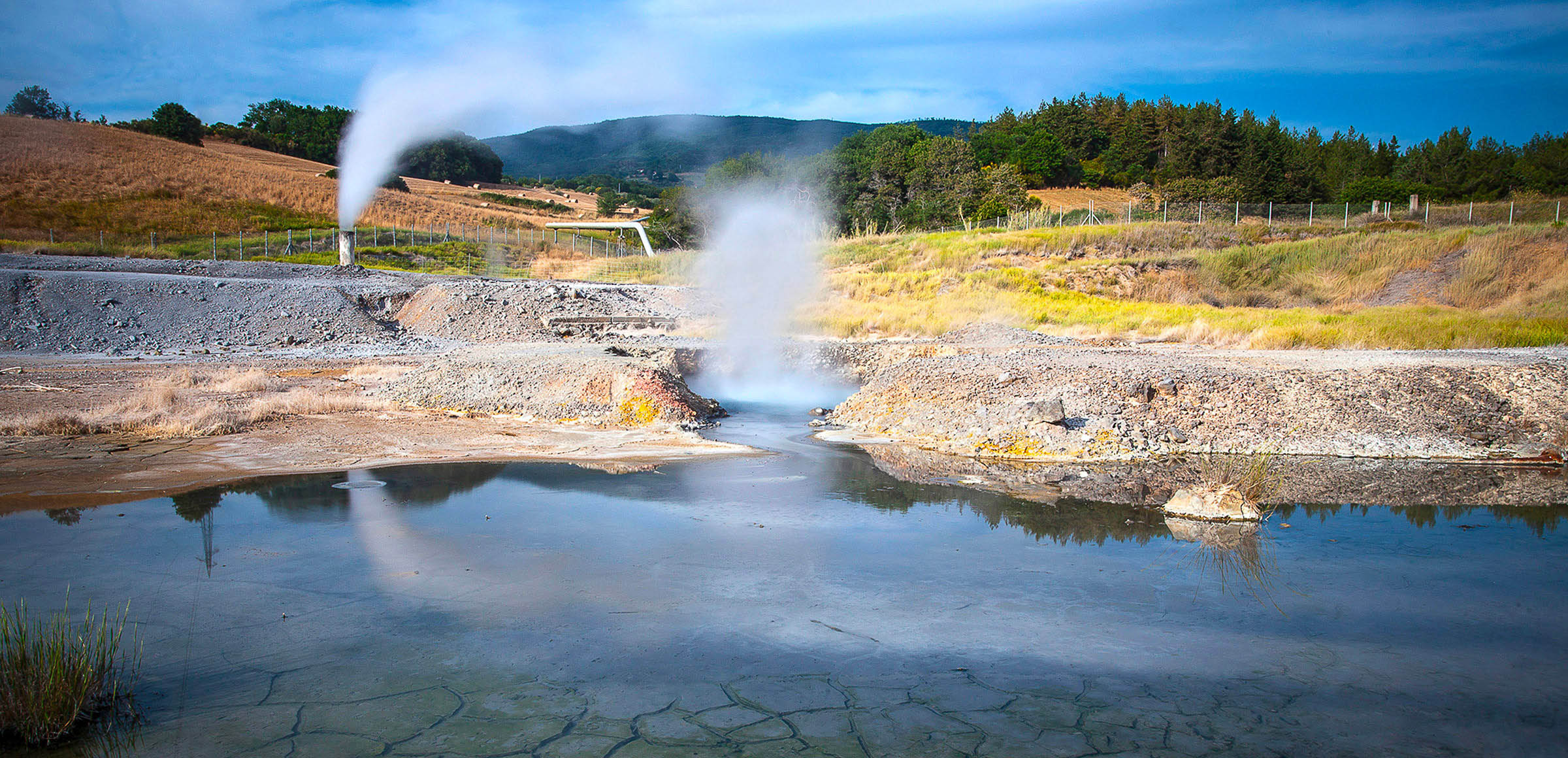Subscribe to our YouTube channel for the latest 3D printing video shorts, reviews and webinar replays.
Italian renewable energy company Enel Green Power has developed replacement technical components for its geothermal power plants using 3D printing.
As part of the company’s flagship Geyser project, Enel’s Santa Barbara metallurgy lab in Cavriglia, Italy, embarked upon optimizing the management of its geothermal power plants through using a 3D printer to repair a critical component for one of its plants.
“It all started from our curiosity and desire to use the 3D printer that we had in-house,” said Nicoletta Mazzuca, Enel Green Power’s Project Manager for Geyser. “We wanted to repair parts that were going to end up in landfills because they couldn’t be fixed with conventional forging techniques. But, thanks to our colleagues’ passion, competence, and cooperation, we found a solution.”

The Geyser project and 3D printing
Enel’s Geyser project is seeking to improve the sustainability, functionality and operational efficiency of its geothermal plants, while taking into account the plants’ impact on the environment.
The idea to use 3D printing for the repair of essential components for Enel’s geothermal power plants was born out of a round table of technicians and experts from the geothermal, thermal, and hydroelectric sectors, who were brought together as part of the Geyser project.
Enel’s Santa Barbara metallurgy lab houses a Direct Energy Deposition (DED) 3D printer, which the team sought to leverage for the reproduction and repair of various metal parts.
“The fact that the printer is in an area that also has a metallurgy lab provides immense added value,” said Giulio Andrucci, Technical Leader and coordinator of the Santa Barbara metallurgy lab. “In this way, the additive manufacturing process can be monitored almost in real time, checking the mechanical, chemical, and metallurgical properties of the items manufactured so we can also count on constant feedback.”

Repairing critical parts with 3D printing
For the pilot stage of the project, the DED 3D printer was used to repair an impeller, which is an essential component of the centrifugal compressor in a geothermal plant. The impeller extracts non-condensable gases from the vapor at the end of the expansion process in the turbine, which helps to protect the turbine blades from wear and tear.
The Enel team purchased a powdered form of the material used to make the impellers, a specialized stainless steel called 17-4 PH, and began repairing the impeller layer by layer using the 3D printer. According to Enel, the project’s success marks the “first historic repair of a worn part” for a geothermal power plant.
“The Geyser project allowed us to introduce and share the competences available in several poles of excellence from Enel’s various supply chains in Italy,” said Matteo Niccolai, Workshop Maintenance and Technical Services Leader, O&M Geo Italy of Enel Green Power.
“The idea of using additive manufacturing to solve one of Geo’s supply chain issues is a concrete example of the effectiveness of sharing problems and best practices transversally within the company, solving critical issues with the help of previously unseen perspectives.”
According to the Enel team, the success of the pilot has paved the way for a more circular reuse of materials within its geothermal plants. Previously, worn impellers were simply replaced with new ones and ended up in landfills, however repairing them using 3D printing could save the company some €70,000 per year, it estimates.
“After a year of work, we were able to use additive manufacturing processes to repair our impellers for the first time,” said Mazzuca. “Not only does it give our impellers a second life, it also saves us money while respecting the environment thanks to a circularity of 100 percent.”

Incorporating 3D printing for increased circularity
Circularity refers to an economic system with the goal of eliminating waste and the continual use of resources, and the role 3D printing can play in achieving this is a notion receiving increasing attention.
Companies that are embracing 3D printing technologies and processes in order to improve the circularity of their manufacturing activities include Groupe Renault, which is creating a facility entirely dedicated to sustainable automotive production through the recycling and retrofitting of vehicles using 3D printing.
Also looking to improve their sustainability credentials are Ford and 3D printer OEM HP, who have teamed up to recycle 3D printing waste into end-use automotive parts. In what is believed to be an industry first, the firms are converting recycled 3D printing material into injection-molded fuel-line clips for use on Ford’s Super Duty F-250 tricks.
Elsewhere, the Dutch Ministry of Infrastructure, Rijkswaterstaat, has selected 10 participants for a SBIR program that aims to bring circular viaducts to the market more quickly through technologies such as automated 3D printing. The ministry is seeking alternative viaduct innovations that will provide a lower environmental impact over the viaduct’s lifespan.
Subscribe to the 3D Printing Industry newsletter for the latest news in additive manufacturing. You can also stay connected by following us on Twitter and liking us on Facebook.
Looking for a career in additive manufacturing? Visit 3D Printing Jobs for a selection of roles in the industry.
Subscribe to our YouTube channel for the latest 3D printing video shorts, reviews and webinar replays.
Featured image shows a geothermal power plant in Italy. Photo via Enel Green Power.



